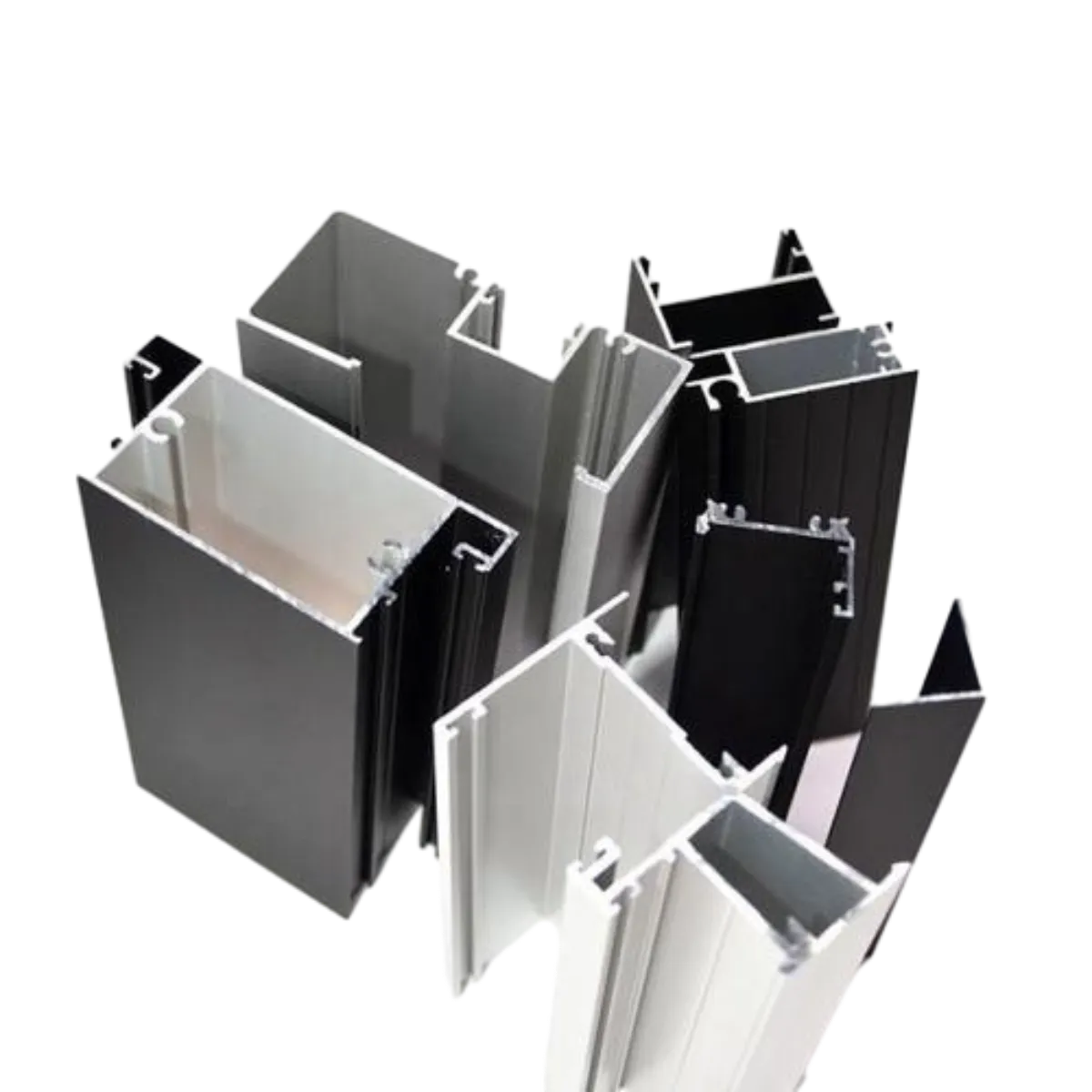decorative finials
The Art and Significance of Decorative Finials
Decorative finials have been gracing the tops of various structures and furnishings for centuries, serving both aesthetic and functional purposes. From elegant spires atop cathedrals to intricate ceramic pieces capping curtains, these ornamental features add a touch of sophistication and artistic flair to our surroundings. This article delves into the history, styles, and significance of decorative finials in architecture and design, illustrating their enduring charm and versatility.
Historical Context
The use of decorative finials can be traced back to ancient civilizations. In Egypt, intricate finials adorned various structures, including temples and tombs, symbolizing gods or representing the afterlife. Ancient Greeks utilized finials as well, often employing them to embellish the tops of columns and pediments, thus enhancing the grandeur of their architectural masterpieces. The Romans followed suit, incorporating finials into their structures, where they played a vital role in the aesthetic narrative of their expansive architectural projects.
During the medieval period, particularly in gothic architecture, finials took on an even more pronounced role. Elaborate spires and pinnacles adorned cathedrals, reaching toward the heavens. These towering structures were not merely decorative; they symbolized the connection between the Earth and the divine. The finials often featured intricate details, including religious iconography and natural motifs, reflecting both the artistry and spiritual aspirations of the time.
Modern Styles and Applications
In contemporary design, decorative finials have evolved but continue to serve a similar purpose of enhancing visual appeal. They can be found in various forms, from the classic to the whimsical, allowing for an array of styles to fit any aesthetic. Common materials used in finials today include metal, wood, glass, and ceramic, each offering distinct textural and visual qualities.
1. Architectural Finials In modern architecture, finials often cap rooflines, chimneys, and towers. These architectural elements come in various shapes, such as globes, crosses, or geometric forms, and serve to signal the purpose or significance of a building. For example, a cross atop a church or a weather vane on a barn both function as decorative elements and signify the building's purpose.
decorative finials

2. Curtain Finials In interior design, curtain finials have become a popular decorative feature. These small ornaments are attached to the ends of curtain rods and come in numerous designs, ranging from minimalist to ornate patterns representing different cultures and time periods. Curtain finials not only enhance the visual appeal of window treatments but also can pull together the overall decorative theme of a room.
3. Furniture Finials Decorative finials are also prevalent in furniture design, particularly in headboards, footboards, and cabinet edges. They can provide a refined touch to otherwise simple structures, making furniture pieces feel more tailored and thoughtfully designed.
Cultural and Symbolic Significance
The symbolism of finials varies across different cultures and periods. In many instances, finials represent continuity and protection. In some Asian cultures, for example, decorative finials are believed to ward off evil spirits and bring luck. In Western culture, finials often denote aspiration, pointing skyward, symbolizing the reaching of higher goals or the divine.
Moreover, the choice of finial design can reflect personal or cultural identity. For example, a family might choose a particular finial that reflects their heritage or values, integrating it into their home as a testament to their history and beliefs.
Conclusion
Decorative finials, though small in size, carry monumental significance in the realms of architecture and design. They connect us to our historical roots while providing an avenue for personal expression in modern spaces. From soaring cathedral spires to charming curtain rods, the versatility of finials allows them to inhabit both the grandest and the most intimate places. As we continue to innovate in design, one can be sure that decorative finials will remain a beloved feature, emblematic of beauty, function, and the enduring human spirit.
-
Wrought Iron Components: Timeless Elegance and Structural StrengthNewsJul.28,2025
-
Window Hardware Essentials: Rollers, Handles, and Locking SolutionsNewsJul.28,2025
-
Small Agricultural Processing Machines: Corn Threshers, Cassava Chippers, Grain Peelers & Chaff CuttersNewsJul.28,2025
-
Sliding Rollers: Smooth, Silent, and Built to LastNewsJul.28,2025
-
Cast Iron Stoves: Timeless Heating with Modern EfficiencyNewsJul.28,2025
-
Cast Iron Pipe and Fitting: Durable, Fire-Resistant Solutions for Plumbing and DrainageNewsJul.28,2025
-
 Wrought Iron Components: Timeless Elegance and Structural StrengthJul-28-2025Wrought Iron Components: Timeless Elegance and Structural Strength
Wrought Iron Components: Timeless Elegance and Structural StrengthJul-28-2025Wrought Iron Components: Timeless Elegance and Structural Strength -
 Window Hardware Essentials: Rollers, Handles, and Locking SolutionsJul-28-2025Window Hardware Essentials: Rollers, Handles, and Locking Solutions
Window Hardware Essentials: Rollers, Handles, and Locking SolutionsJul-28-2025Window Hardware Essentials: Rollers, Handles, and Locking Solutions -
 Small Agricultural Processing Machines: Corn Threshers, Cassava Chippers, Grain Peelers & Chaff CuttersJul-28-2025Small Agricultural Processing Machines: Corn Threshers, Cassava Chippers, Grain Peelers & Chaff Cutters
Small Agricultural Processing Machines: Corn Threshers, Cassava Chippers, Grain Peelers & Chaff CuttersJul-28-2025Small Agricultural Processing Machines: Corn Threshers, Cassava Chippers, Grain Peelers & Chaff Cutters












